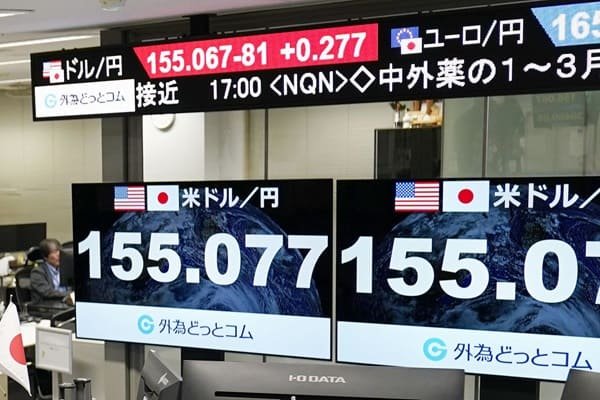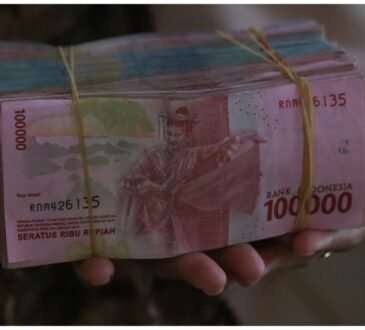The Japanese yen is nearing the critical 150 per dollar mark, largely due to a more dovish shift in the Bank of Japan’s (BoJ) stance amid uncertainty regarding future interest rate hikes.
Recent comments from BoJ Governor Kazuo Ueda and new Prime Minister Shigeru Ishiba have raised concerns about the timing of any potential monetary tightening, contributing to the yen’s decline against the stronger dollar.
This dovish approach is bearish for the yen, as lower interest rates diminish its attractiveness to investors seeking yield.
The decline in Japan’s industrial production, which fell by 3.3% month-over-month in August, intensifies the downward pressure on the yen. This drop occurs as the dollar approaches a two-month high, driven by positive Wall Street performance and strong corporate earnings.
The persistent weakness in Japan’s economic activity could further undermine investor confidence in yen-denominated assets, raising concerns about the overall health of the Japanese economy.
While a weaker yen may enhance export competitiveness, benefiting Japan’s economy, it also poses risks by increasing import costs and exacerbating inflation, creating a mixed outlook for economic growth. Moreover, Japanese government bond yields may be affected, with a potential rise as investors seek higher returns elsewhere, particularly in U.S. markets. Thus, the combination of falling industrial production and a strengthening greenback may heighten concerns regarding the attractiveness of Japanese assets, leading to a possible shift in capital flows away from Japan.



